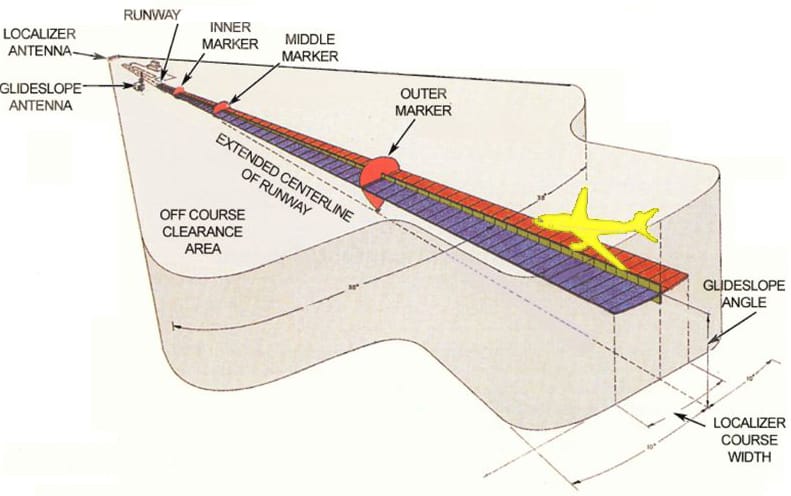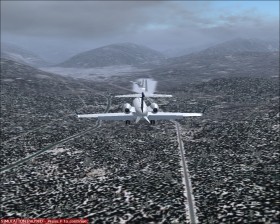

FIRC: Flight Instructor Refresher Course. Maintains the recommended airspeed within +/-10 knots heading, course, or bearing within +/-10° and altitude(s) within +/-100 feet during the missed approach procedure. Requests, if appropriate, ATC clearance to the alternate airport, clearance limit, or as directed by the examiner. Follows the recommended checklist items appropriate to the go-around procedure. Advises ATC or examiner anytime that the aircraft is unable to comply with a clearance, restriction, or climb gradient. Complies with the published or alternate missed approach procedure. Reports to ATC beginning the missed approach procedure. Initiates the missed approach promptly by applying power, establishing a climb attitude, and reducing drag in accordance with the aircraft manufacturer's recommendations. Exhibits adequate knowledge of the elements related to missed approach procedures associated with standard instrument approaches. Maintains localizer and glide slope within ¾ scale deflection of the indicators during the visual descent from DA/DH to a point over the runway where glide slope must be abandoned to accomplish a normal landing. Transitions to a normal landing approach (missed approach for seaplanes) only when the aircraft is in a position from which a descent to a landing on the runway can be made at a normal rate of descent using normal maneuvering. Initiates immediately the missed approach when at the DA/DH, and the required visual references for the runway are not unmistakably visible and identifiable. A missed approach or transition to a landing shall be initiated at Decision Height. Maintains a stabilized final approach, from the Final Approach Fix to DA/DH allowing no more than ¾ scale deflection of either glide slope or localizer indications and maintains the desired airspeed within +/-10 knots. Establishes a predetermined rate of descent at the point where the electronic glide slope begins, which approximates that required for the aircraft to follow the glide slope. inoperative visual aids associated with the landing environment inoperative airplane and ground navigation equipmentĬ. Applies the necessary adjustments to the published DA/DH and visibility criteria for the airplane approach category as required, such as -ī. Selects, tunes, identifies, and monitors the operational status of ground and airplane navigation equipment used for the approach. Prior to beginning the final approach segment, maintains the desired altitude +/-100 feet, the desired airspeed within +/-10 knots, the desired heading within +/-10 ° and accurately tracks radials, courses, and bearings. Completes the aircraft checklist items appropriate to the phase of flight or approach segment, including engine out approach and landing checklists, if appropriate. Establishes the appropriate airplane configuration and airspeed/V-speed considering turbulence, wind shear, microburst conditions, or other meteorologic and operating conditions. Advises ATC anytime that the applicant is unable to comply with a clearance. 
Complies, in a timely manner, with all clearances, instructions, and procedures.Establishes two-way communications with ATC using the proper communications phraseology and techniques, as required for the phase of flight or approach segment.Accomplishes the appropriate precision instrument approaches as selected by the examiner.Exhibits adequate knowledge of the precision instrument approach procedures.TOLERANCES Instrument Rating PTS (FAA-S-8081-4D) VI.B. Proficient AIF while performing precise ILS navigation Proper functioning, tuning, identification and monitoring of the ILS Knowledge and skill in ILS approaches may be used to safely let down in low IMC to many airports. LOC approach - a nonprecision instrument approach with final approach course guidance provided by a localizer (LOC)īC approach- a nonprecision instrument approach with final approach course guidance provided by a localizer back-course (BC)
#Airports with localizer back course approach full#
Teaching and Learning Flying - Airplane Instrument Rating ILS Approach (LOC Approach, BC Approach)ĭEFINITION ILS approach - a precision instrument approach with final approach course lateral guidance provided by the localizer (LOC) and descent path guidance provided by the glideslope (GS) of a full Instrument Landing System






 0 kommentar(er)
0 kommentar(er)
